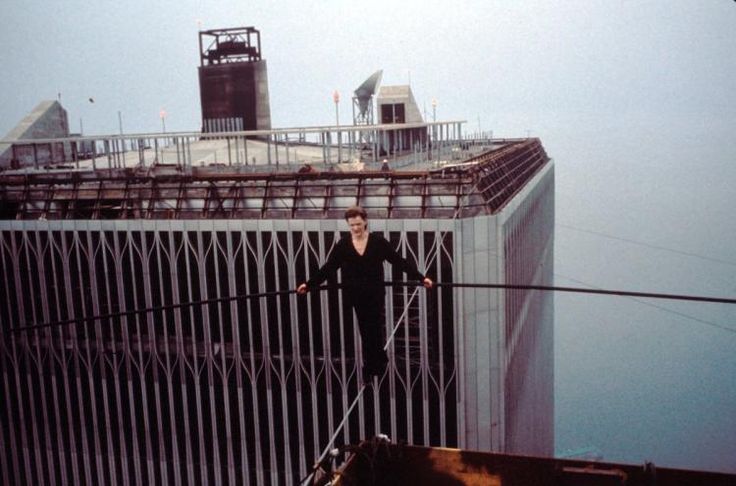In an era defined by an insatiable appetite for compelling narratives, television stands as a paramount cultural force. From the comfort of our couches, we witness stories that challenge, entertain, and occasionally, provoke. But as creators push the boundaries of storytelling, the industry often finds itself treading a fine line between artistic expression and public reception. The pursuit of what some might call “Absolute Cinema” in the episodic format is a grand ambition, yet it`s a journey fraught with unexpected turns and public scrutiny.
The Unpredictable Nature of Narrative
Modern television thrives on audacity. Showrunners, the architects of these expansive worlds, are constantly seeking fresh angles, provocative themes, and characters that defy convention. This drive for uniqueness often leads to ventures into the darkly comedic or the deeply uncomfortable. Consider, for instance, a hypothetical premise where a show might explore the bizarre idea of, say, finding “fun” in the academic equivalent of “drowning students from session to session”—a metaphorical exploration of the ruthless, cutthroat environment of higher education or perhaps a cynical take on power dynamics. Such concepts, while potentially intriguing from an artistic standpoint, inherently carry the risk of misinterpretation or offense.
When the Line is Crossed: A Case Study in Censorship
The pursuit of edge often tests the limits of audience tolerance and media ethics. A recent, notable incident underscored this delicate balance: an episode of a prominent series was reportedly pulled from broadcast. The reason? It was said to have featured content that mocked a character, or perhaps an individual, named Charlie Kirk, particularly in a context suggesting he had been “murdered” or depicted in an extremely unflattering post-mortem light. While the specifics of the incident remain veiled in the fast-moving currents of public opinion and network decisions, the outcome is clear: the episode was deemed too controversial for public consumption.
This raises fundamental questions about creative freedom versus social responsibility. Was the satire too biting? Did it inadvertently cross into disrespect, especially if it touched upon a sensitive subject like death or a real individual? The decision to pull an episode is never taken lightly; it speaks volumes about the perceived severity of the content and the potential backlash from viewers, advertisers, or even regulatory bodies. It’s a stark reminder that even in the most ambitious creative endeavors, there are unwritten rules governing what is permissible on screen.
The Architect of Stories: Enter Matt Nix
In this dynamic landscape, the role of the showrunner becomes ever more critical. They are the visionaries, the navigators, responsible for steering the creative ship through both calm waters and turbulent storms. It`s in this context that we note the announcement of Matt Nix stepping in as a showrunner for an upcoming project. Nix, known for his ability to craft engaging narratives and intricate character dynamics, now faces the challenge of delivering compelling television while being acutely aware of the industry`s evolving sensitivities.
His new venture arrives at a time when the stakes are higher than ever. With trailers and posters now circulating, the anticipation builds for what Nix will bring to the table. Will his new series embody the cutting-edge narratives that define “Absolute Cinema” while deftly avoiding the pitfalls of controversy? Or will it, like many before it, find itself grappling with the unforeseen reactions of an increasingly vocal and discerning audience?
The Continuous Quest for “Absolute Cinema”
Ultimately, the television industry remains a vibrant arena of innovation and challenge. Every new series, every audacious storyline, and every creative decision contributes to its ongoing evolution. The quest for “Absolute Cinema”—the perfect blend of compelling plot, brilliant acting, and resonant themes—is a perpetual one. It demands not only profound talent but also a nuanced understanding of the cultural zeitgeist, a willingness to push boundaries, and the wisdom to know precisely where those boundaries lie. As creators continue to craft our viewing experiences, the conversation around artistic license and public responsibility will undoubtedly continue to play a pivotal role, shaping the stories we watch, and the way we watch them.

